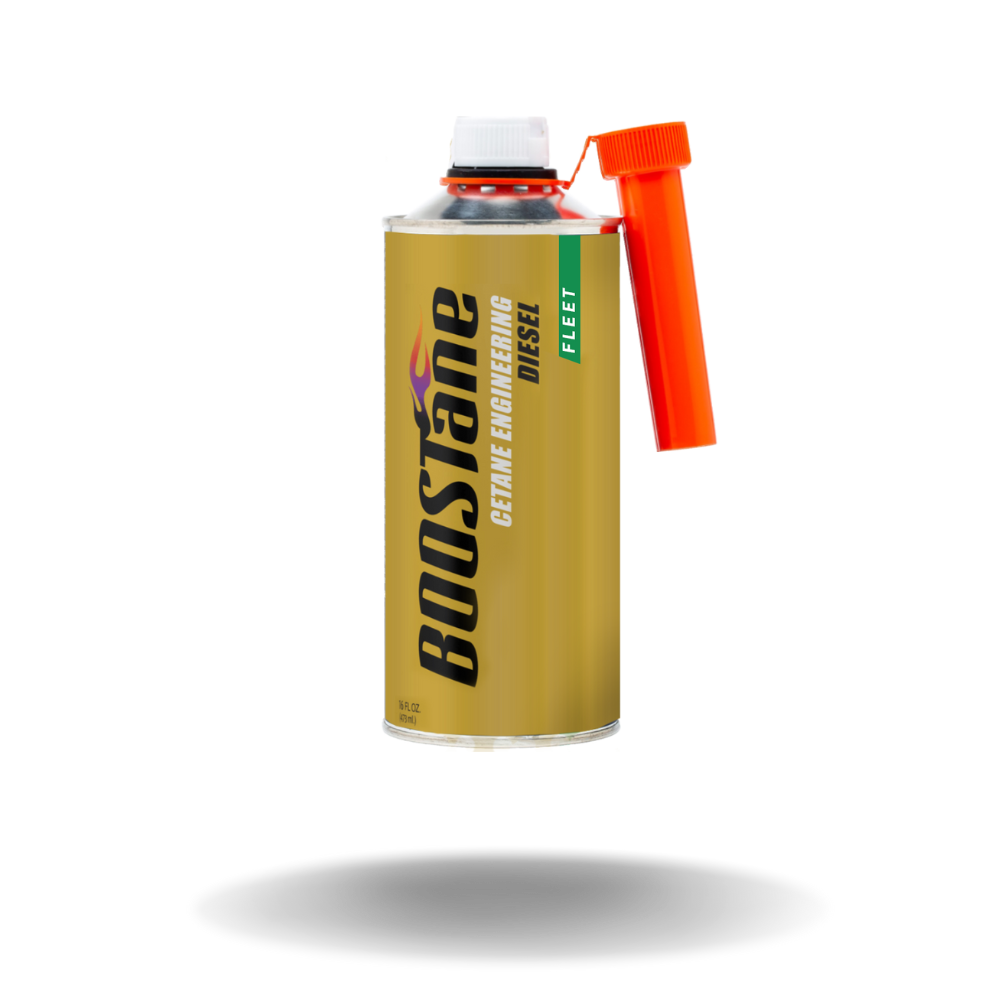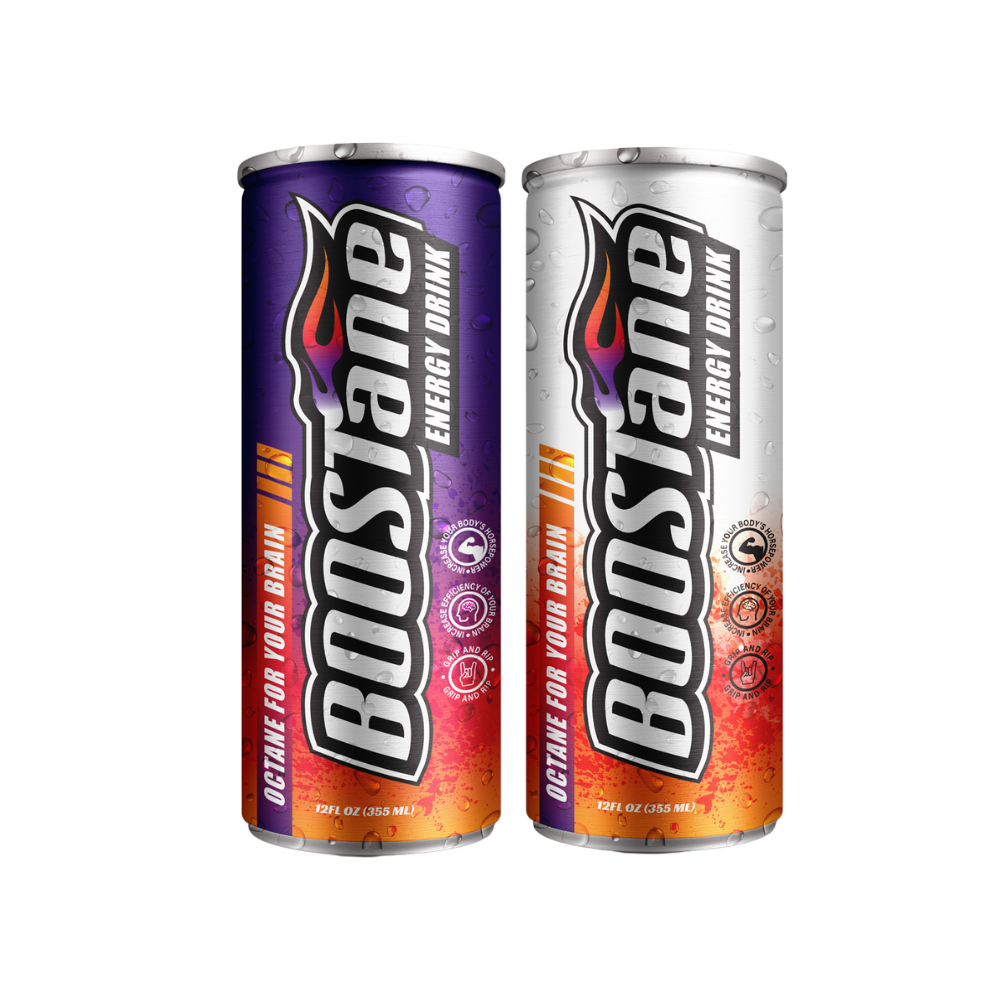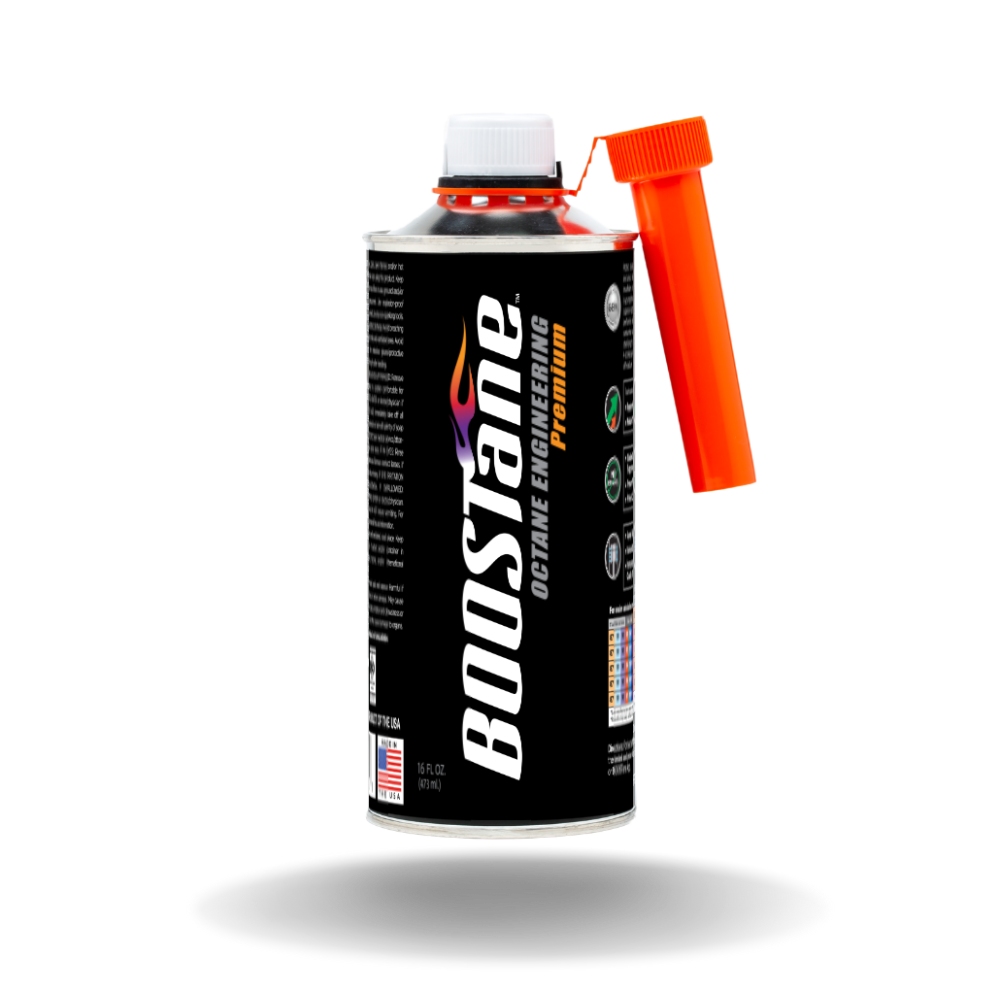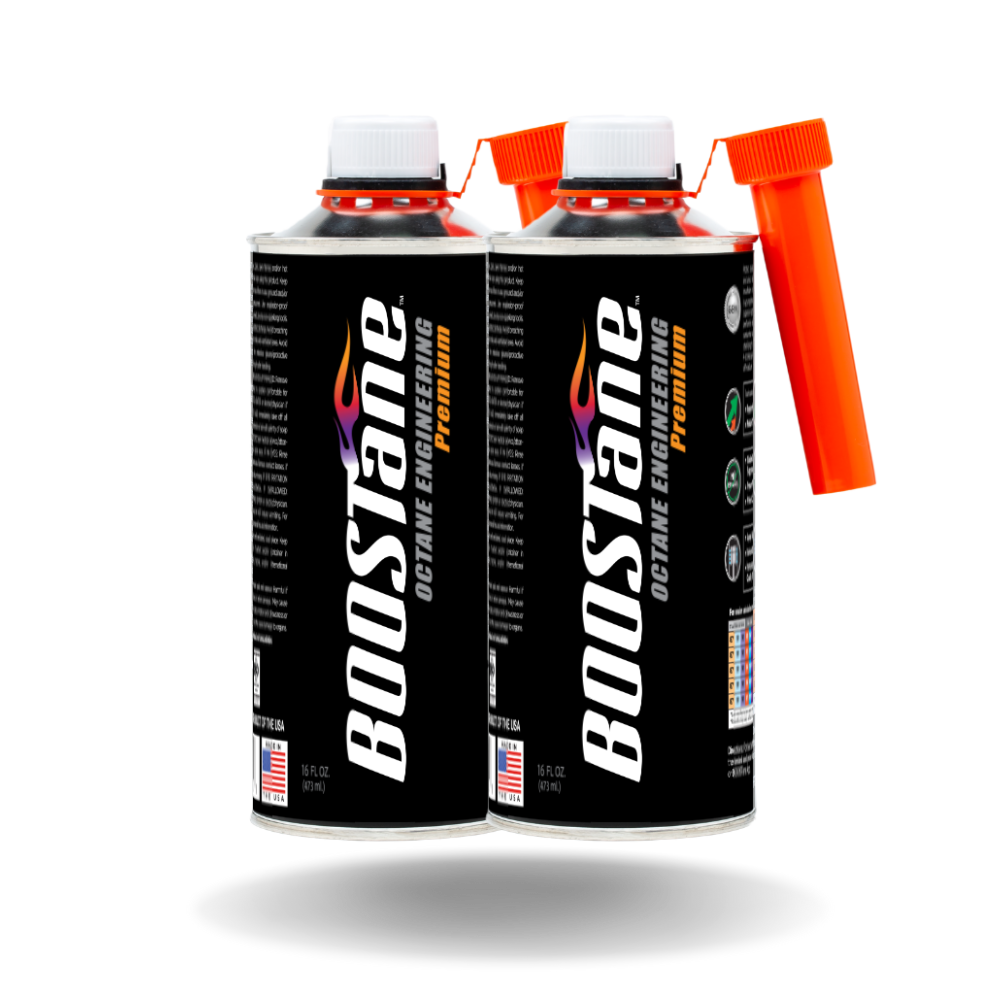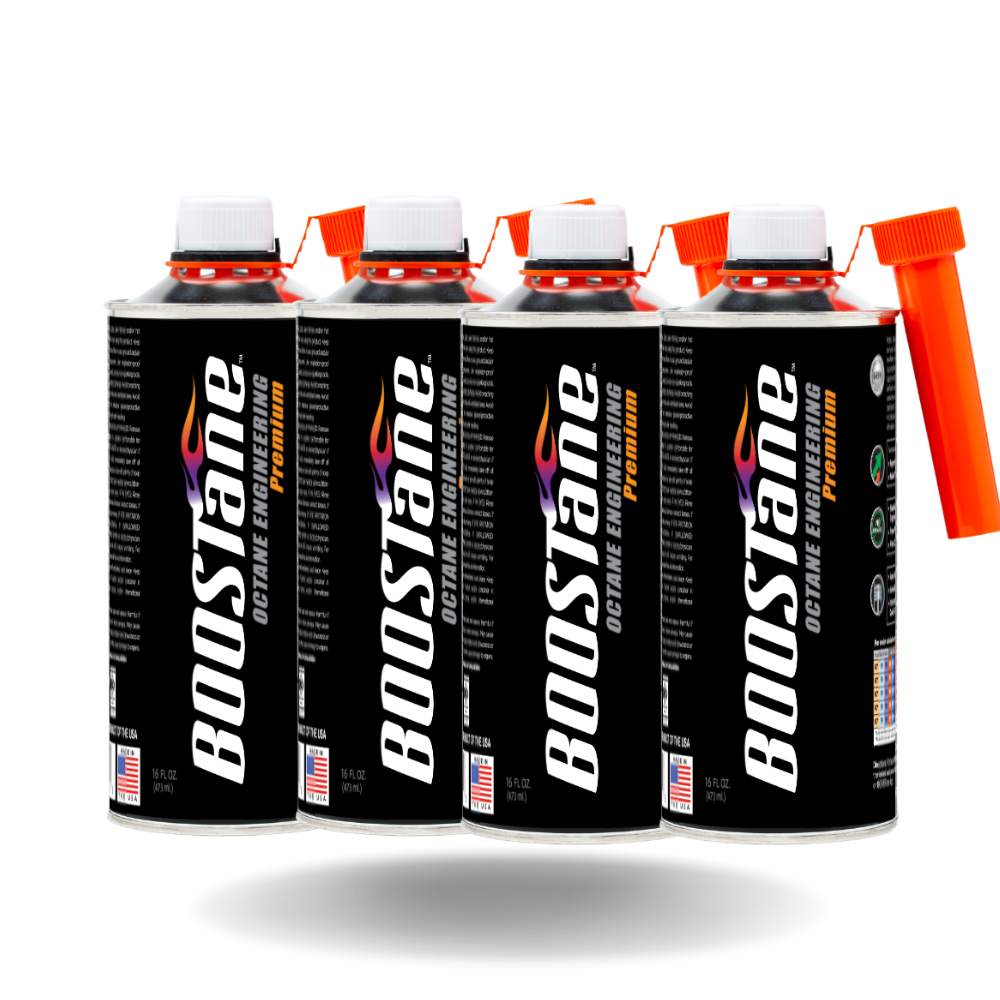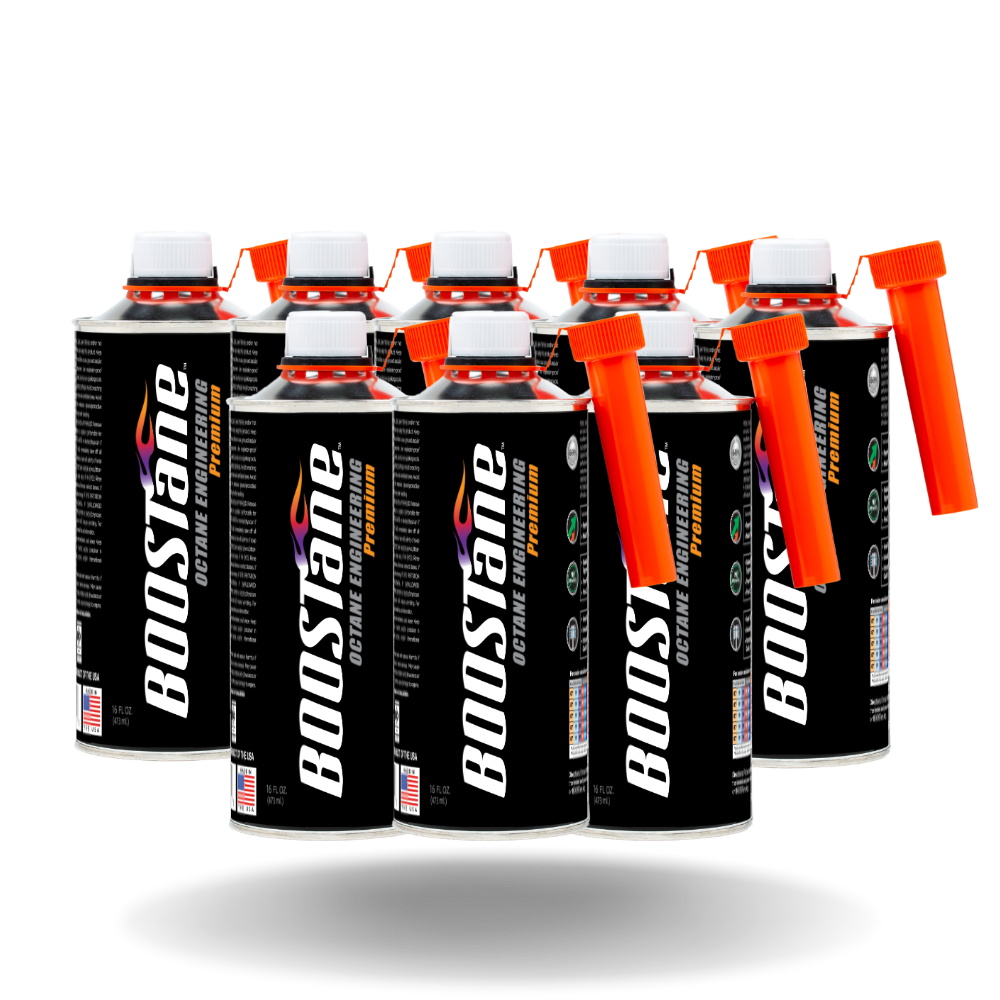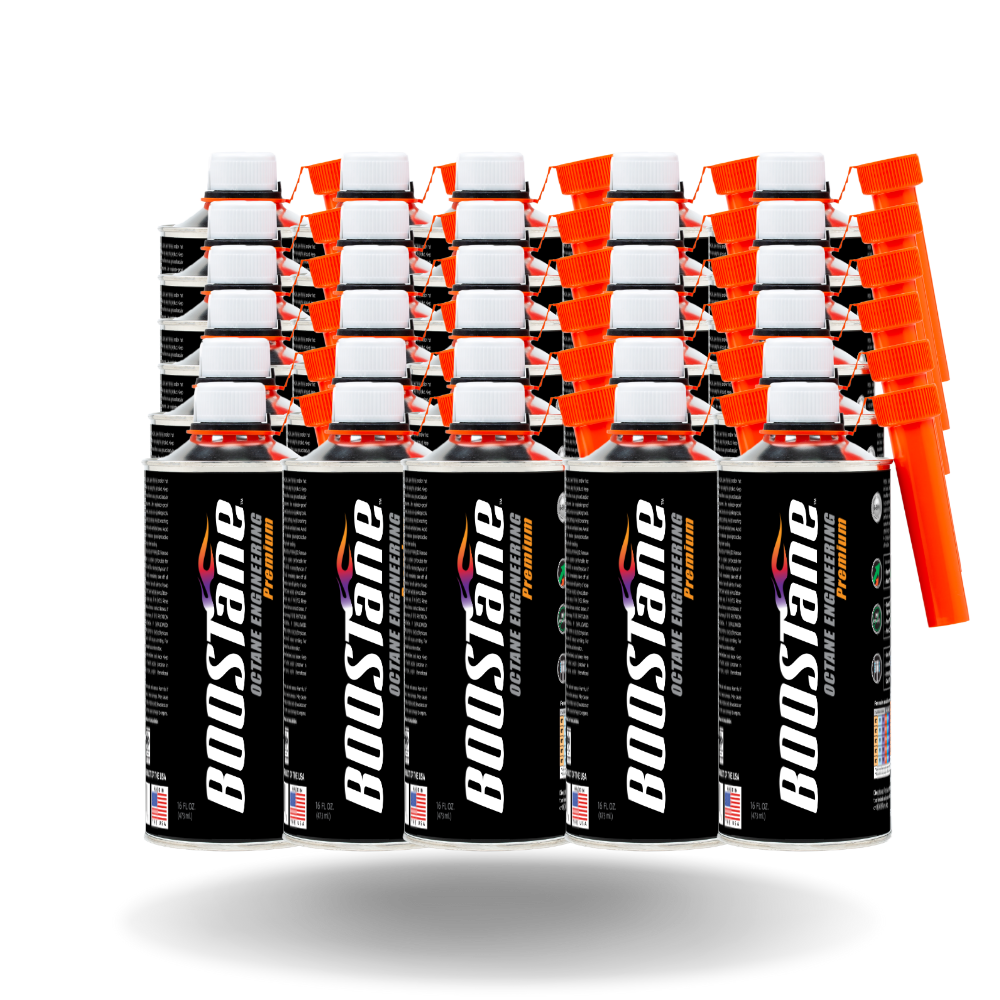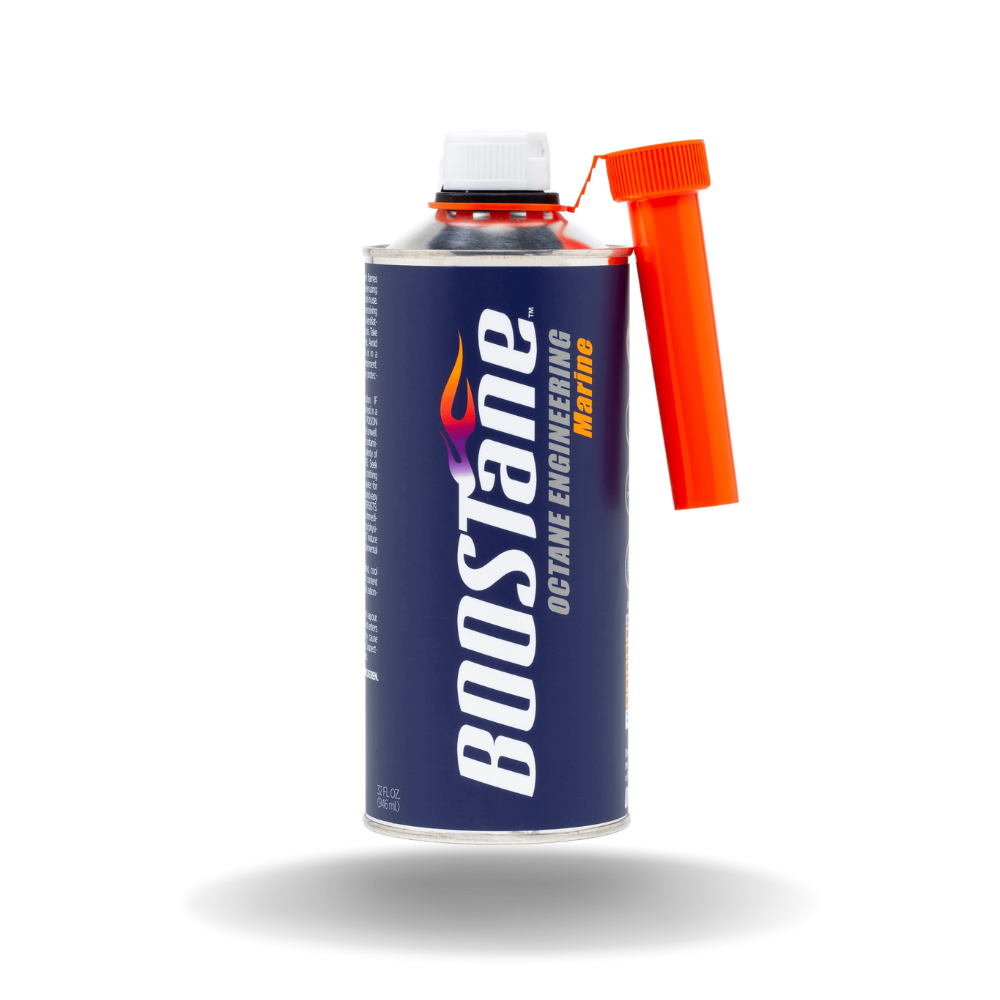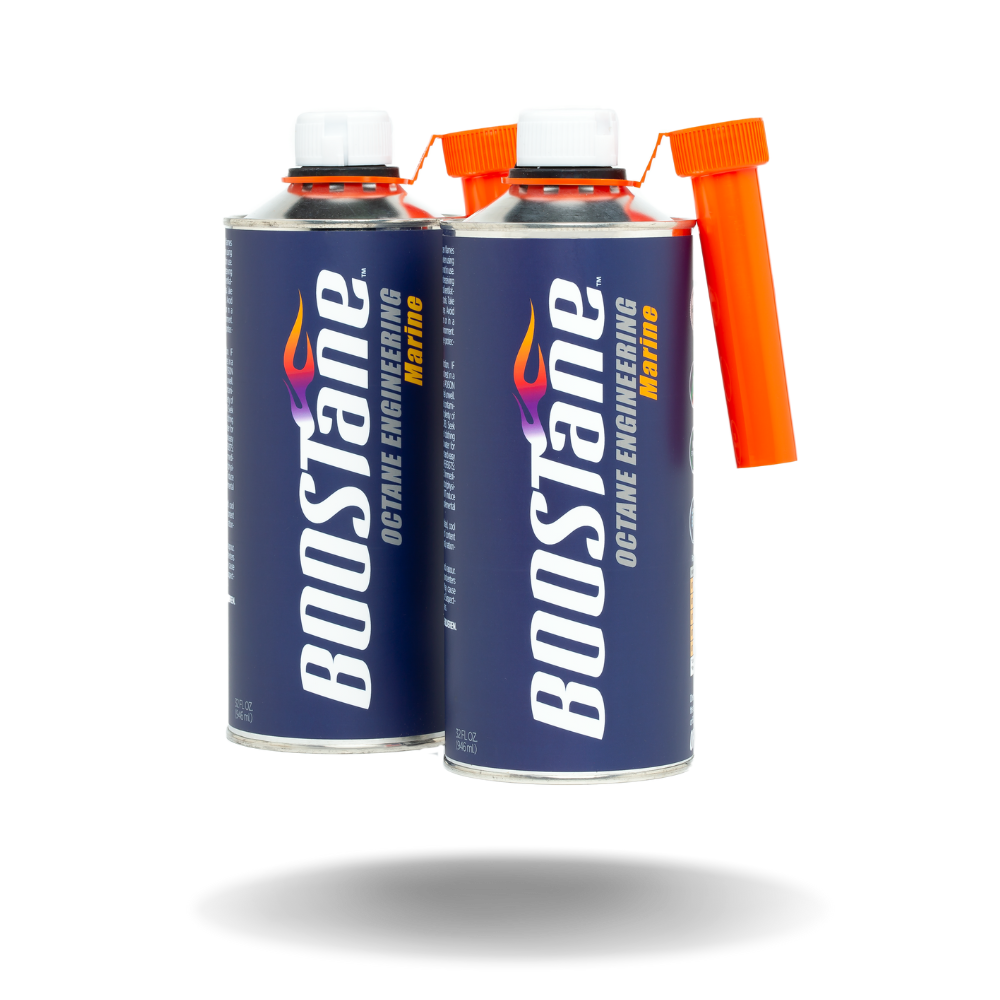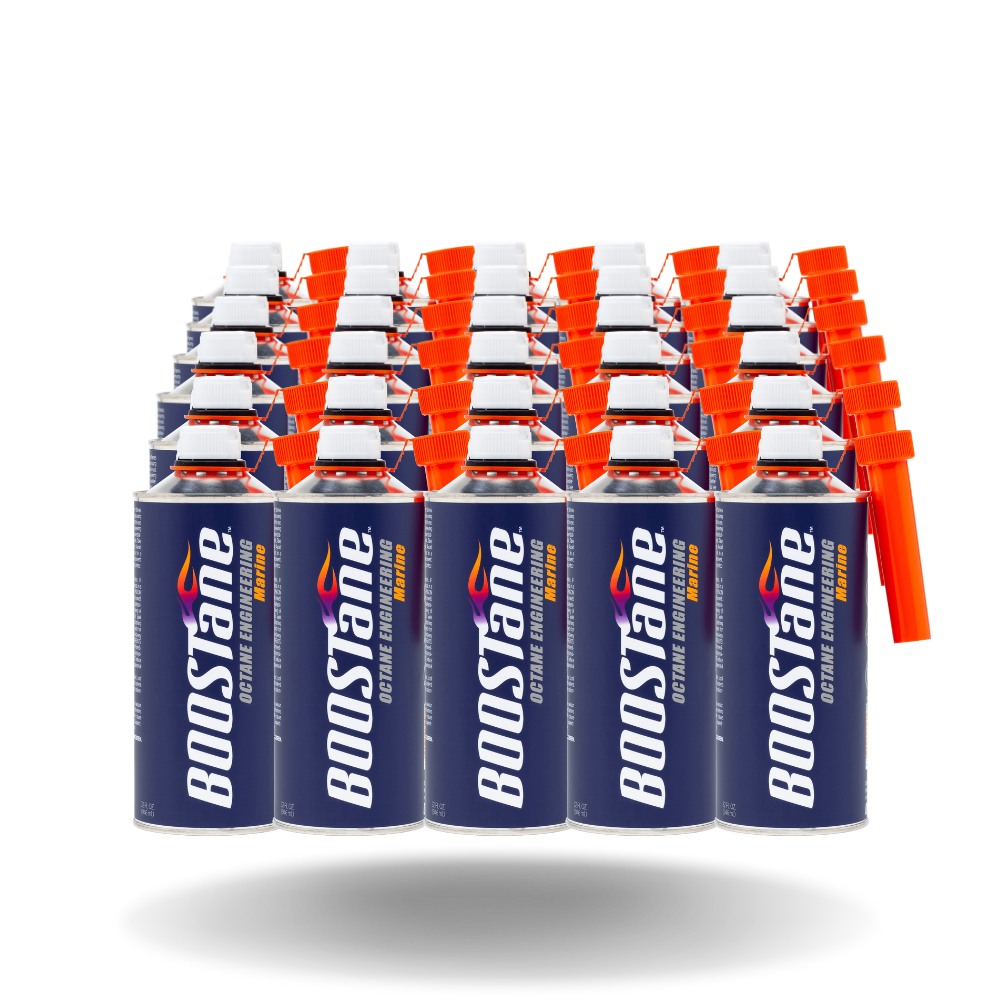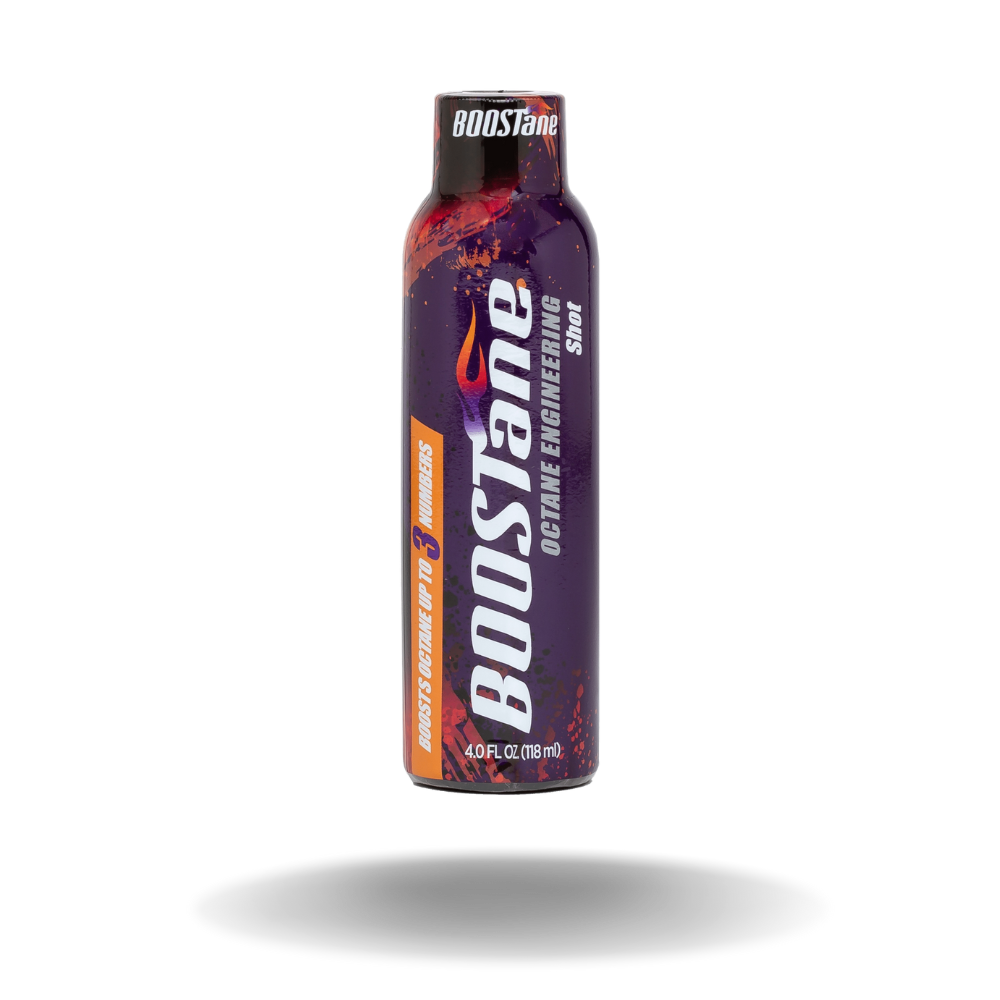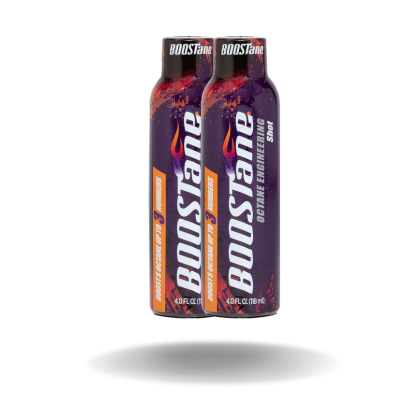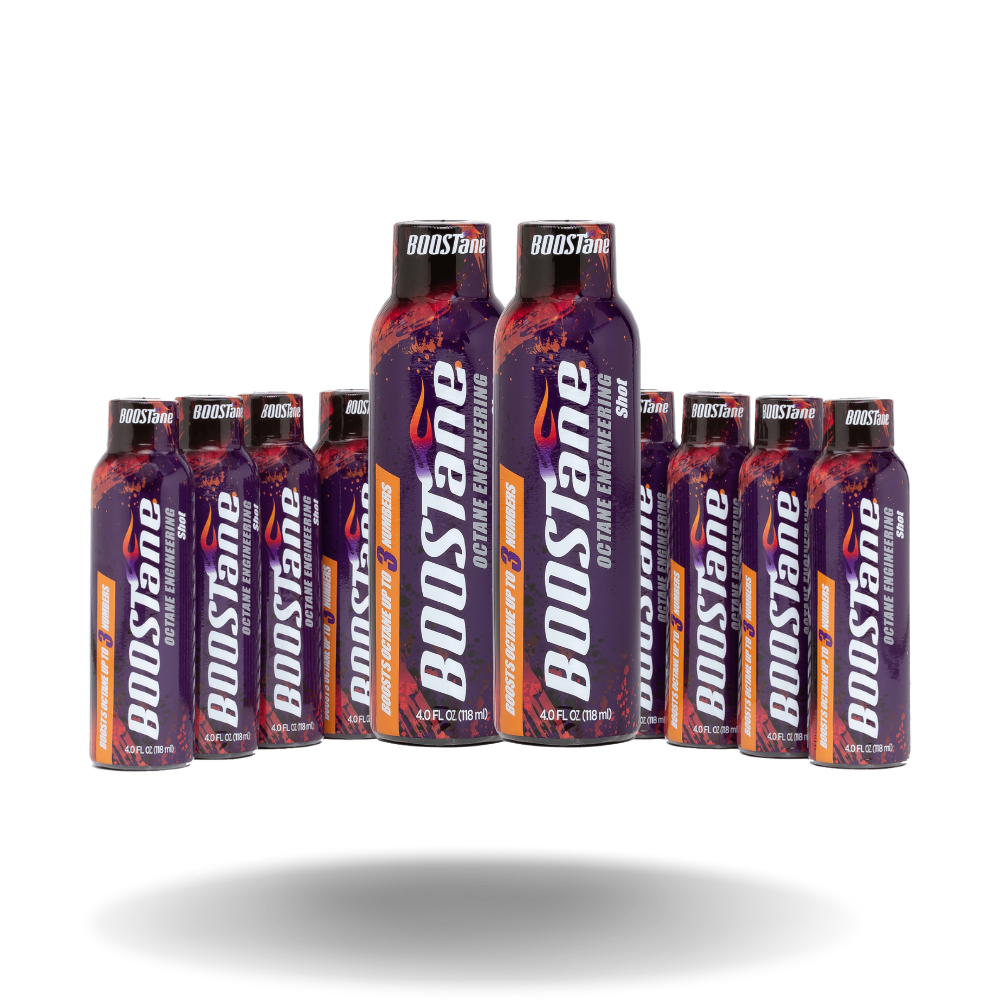FAQs
Is E85 Good or Bad for Your Engine?
Is E85 Good or Bad for Your Engine?
E85 can be good in some cases. However, due to the fact that it is an alcohol, there are some inherent risks that people need to be aware of. First off, as an alcohol it is hygroscopic, meaning that it has a natural affinity to absorb water out of the surrounding atmosphere. That means if E85 is left for a prolonged period of time (5 or more days) there will begin to be phase separation (water sitting on top of the fuel) and subsequent corrosion. This can be catastrophic for older vehicles with carburetors or newer vehicles without the proper fuel lines or gas tank.
There are also inconsistencies with E85 that the government regulatory body has set, that can also be VERY detrimental if being used for performance applications. That being that E85 doesn’t always been 85% ethanol and 15% gasoline. The truth is that 85% alcohol is the MAX, and the sad fact that a lot of consumers don’t know is that there is also a minimum that the minimum required for this “E85”, as of June 2011, that fuel only needs to have 51% ethanol.
“ASTM D5798-11 Standard Specification for Ethanol Fuel Blends for Flexible-Fuel Automotive Spark-Ignition Engines” we see that the 85 in E85 signifies a maximum ethanol content of 85% with the remainder being “unleaded gasoline, gasoline blendstocks for oxygenate blending (BOB), natural gasoline, or other hydrocarbons in the gasoline boiling range.”
These inconsistencies in ethanol content and subsequent octane levels, coupled with a inevitable phase separation and the fact that E85 is 30% less efficient from a fuel mileage standpoint, our engineers don’t see it is a viable solution.

